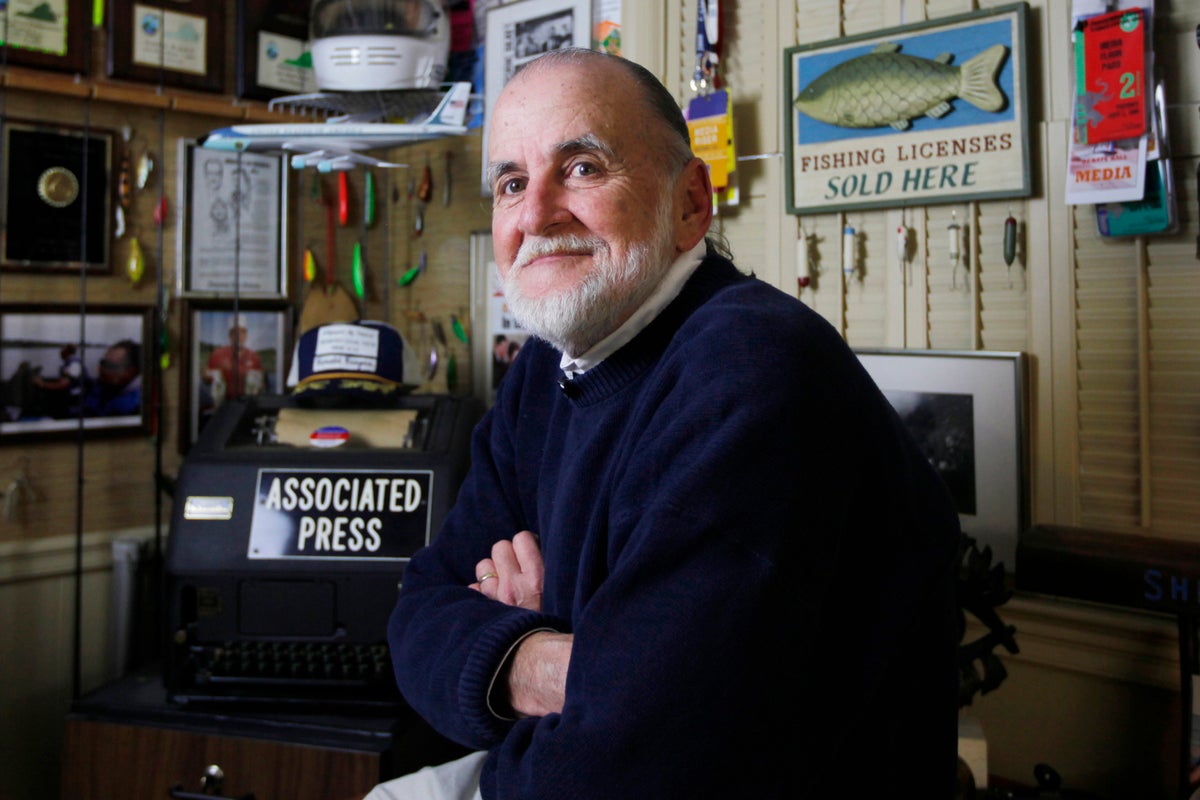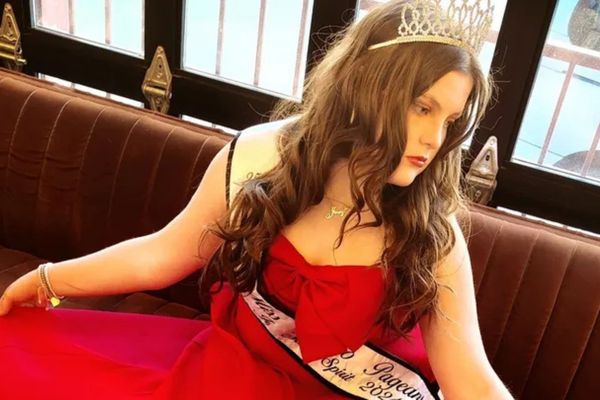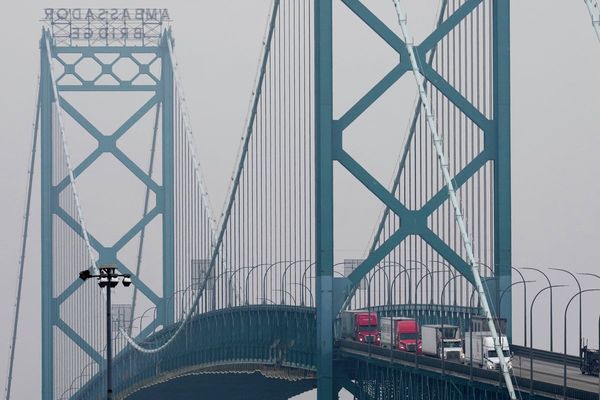
Newly assigned to cover the Reagan White House, Associated Press photographer Ron Edmonds knew the most important part of the job was to keep watch on the president “at all times.”
He did that for 28 years.
But there was never a day like March 30, 1981. That was when Edmonds, who died Friday night in Virginia at age 77, took a series of images for the ages.
President Ronald Reagan had just spoken to members of the AFL-CIO at a Hilton hotel not far from the White House. As Reagan emerged from the hotel, John Hinckley Jr. used a revolver to fire at the president, his aides and his protective detail.
Edmonds was in place for an exclusive series of pictures taken across the roof of Reagan’s limousine as Reagan was struck and then shoved down and into the vehicle. It sped to the hospital where doctors saved the president’s life.
That coverage and those indelible images won Edmonds the Pulitzer for spot news photography.
“I wish it had been for a picture that had not been of violence, of people being hurt,” he said when the award was announced on April 12, 1982.
Edmonds was summoned to the Oval Office for a chat with the president the next day. Reagan joked, Edmonds said, that photographers always asked him for “just one more” picture. He could replay the shooting scene, the president said, but this time he would use a stuntman.
In a first-person retrospective three decades later, Edmonds said in an AP video that the fateful day was shaping up like one of the thousands of events he had covered during Reagan's campaign: "Meet and greet, a little speech, shake some hands. I actually thought it was going to be a rather boring event.’’
Outside, however, the photographer heard what sounded like firecrackers.
"Everything happened in such a quick, split-second. If you looked to your right to see what the shot, what the noise was, and looked back, the president was already gone. The president immediately, when the first pop went off, he kind of grimaced in his face and that’s when I pushed the shutter down,’’ Edmonds recalled.
Would it be blurry because Reagan was whisked away so fast? Edmonds had to wait until the film was processed so he could see the negatives and know whether he had anything.
“You did the best you could with the abilities that you’ve got,” he said. Of this, he was sure: "I had the camera on him and I mean I saw everything through the viewfinder.’’
Honored in 2013 by the White House News Photographers Association with its Lifetime Achievement Award, Edmonds traced the arc of his career.
“I decided to take a photography class in 1968 and it literally changed my life,” Edmonds wrote. A newspaper photographer turned college professor encouraged Edmonds to photograph antiwar demonstrations in Sacramento, California.
Edmonds sold one of his images for $25 to United Press International. “I saw it in the newspaper the next day, and I knew what I wanted to do for a living.
He freelanced in California before taking a job at the Honolulu Star-Bulletin. Five years later came a promotion to chief photographer.
Edmonds, who was born June 6, 1946, in California, met his wife, Grace, when she joined the newspaper in 1975 to cover courts. She survives him, as does their daughter Ashley.
“Opting for a bigger pond,” he wrote, Edmonds joined UPI in Sacramento in 1978 as a newspicture bureau manager.
The AP came calling during Reagan’s presidential campaign in 1980 with an opening in the Washington bureau. “It was a dream come true to work at the White House with legends in the craft,” Edmonds wrote.
The Pulitzer, he noted, was earned on only his second day as the AP’s White House photographer covering Reagan.
“The most important element of my job was to watch the president at all times, and I think, on that day, I did everything I was supposed to do,” Edmonds wrote.
“Still, I was convinced I was in trouble with my bosses because I had failed to get a picture of John Hinckley Jr. When I got word to call the president of the AP in New York, I assumed the worst. He told me, ‘You nailed it, kid.’ I got a $50-a-week merit raise. My bureau chief, Pulitzer Prize-winning journalist Walter Mears, jokingly complained that he had only gotten a $25-a-week raise for his Pulitzer.”
Edmonds retired in 2009, when he was the AP’s senior White House photographer. He had covered presidents and the world, Super Bowls and the Olympics.







